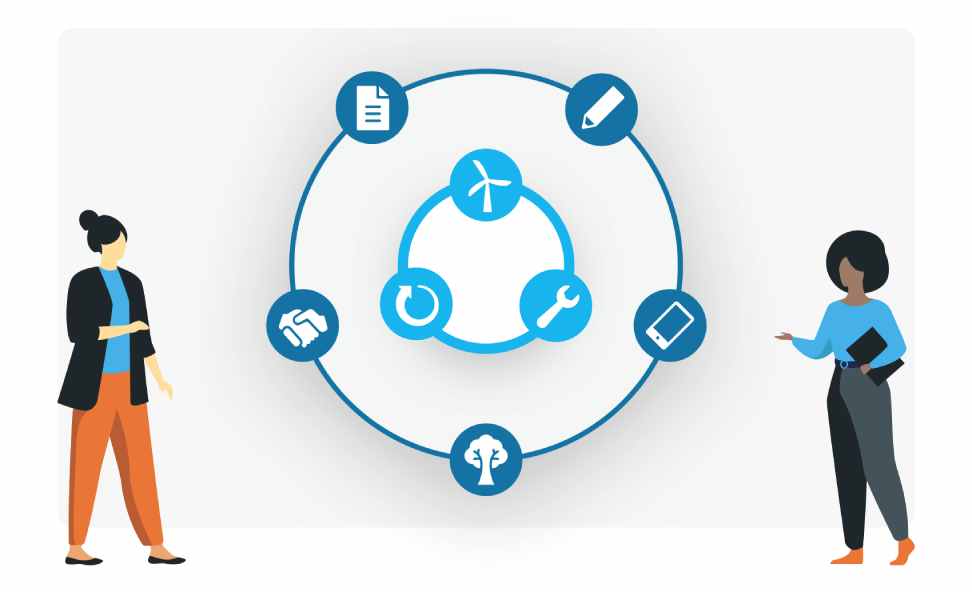Alphaexch247, Kabook Login, VL Book: Circular economy revolves around the concept of designing out waste and pollution, keeping products and materials in use for as long as possible. One of the fundamental principles is to prioritize regenerative resources and promote the use of renewable energy in order to reduce the environmental impact of industrial processes and foster sustainability in the long run. By shifting from the traditional linear economy to a circular one, we aim to create a closed-loop system where resources are reused, recycled, or repurposed rather than being discarded as waste.
Another key principle of circular economy is the focus on prolonging the lifespan of products through maintenance, repair, remanufacturing, and refurbishment. This approach not only extends the utility of products but also minimizes the need for new raw materials and reduces the energy consumption and carbon emissions associated with manufacturing. By incorporating principles such as product longevity and material efficiency, businesses can not only reduce their environmental footprint but also create new opportunities for innovation and economic growth within a sustainable framework.
� Circular economy focuses on designing out waste and pollution
� Prioritizes regenerative resources and renewable energy
� Aims to create a closed-loop system for resource use
� Emphasizes prolonging product lifespan through maintenance, repair, remanufacturing, and refurbishment
� Reduces the need for new raw materials and minimizes energy consumption
� Promotes innovation and economic growth within a sustainable framework
Challenges in Implementing Circular Economy Models
Implementing circular economy models presents several hurdles that organizations must overcome. One challenge lies in reevaluating traditional linear production processes and shifting towards circular and regenerative systems. This transition demands a significant mindset shift and commitment from stakeholders to prioritize sustainability over profit maximization. Additionally, companies may face resistance from internal departments or external partners who are hesitant to adopt new sustainable practices due to perceived risks or unfamiliarity.
Moreover, the integration of circular economy principles often requires upfront investments in new technologies, infrastructure, and employee training. These initial costs can act as deterrents for organizations, especially if they are operating within tight budget constraints or short-term profit-oriented mindsets. The lack of widespread understanding and support for circular economy initiatives further complicates the implementation process, as it may be challenging to secure buy-in from key decision-makers and mobilize resources effectively.
Benefits of Closing the Loop on Waste
Tigerexch247, GX247, Mglionbet: Closing the loop on waste brings about a multitude of advantages to both the environment and the economy. Through the efficient use and reuse of resources, companies can reduce their reliance on raw materials, leading to cost savings and decreased environmental impact. This shift towards a circular economy not only conserves resources but also fosters innovation in design and manufacturing processes.
Furthermore, by closing the loop on waste, businesses can create new revenue streams through the resale or repurposing of products and materials. Embracing a circular approach allows for the creation of a more resilient and sustainable supply chain, reducing the risks associated with sourcing scarce resources and volatile market conditions. Overall, the benefits of closing the loop on waste extend far beyond just waste reduction, offering a pathway towards a more sustainable and profitable future for businesses and society as a whole.
What is the key principle of a circular economy?
The key principle of a circular economy is to reduce waste and promote the sustainable use of resources by closing the loop on waste through recycling, reusing, and repurposing materials.
What are some challenges in implementing circular economy models?
Some challenges in implementing circular economy models include changing consumer behavior, investing in new infrastructure for recycling and waste management, and overcoming regulatory barriers.
What are the benefits of closing the loop on waste?
The benefits of closing the loop on waste include reducing environmental impact, conserving natural resources, creating new job opportunities in the green economy, and promoting sustainable development.
Have A Look :-
- Man Arrested For Parachuting His Way Off Of Paris’s Eiffel Tower
- Benefits of Choosing Essentials Hoodie: A Streetwear Enthusiast’s Perspective
- Indian Govt CERT Issues Warning For GoogleThe Users of Google Chrome, Advised To Update Chrome Browser As Soon As Possible

